11 Best Health Care Stocks to Buy
The health care sector is having yet another strong year, and it’s easy to see the appeal.


The health care sector is having yet another strong year, and it’s easy to see the appeal. Health care stocks – whether they be pharmaceutical companies, insurers, medical device makers, hospital owners or biotechnology firms – tend to pay healthy dividends. Just as attractive, they have the added benefit of being in what's known as a defensive industry. Whether the economy is growing or in a funk, consumers can't go without their medications and doctor's appointments, the thinking goes.
It's no wonder, then, that the sector is delivering outsize gains in 2017. Health care stocks in the Standard & Poor's 500-stock index are collectively up more than 20% for the year-to-date, versus 14% for the index itself.
Happily for investors, there still are bargains to be found. The health care sector fetches a bit less than 17 times expected earnings, according to Yardeni Research. By comparison, the S&P 500 goes for 18 times forward earnings, and only two of the market's 11 market sectors – telecommunications and financial shares – are less expensive.
This sector can be daunting for the uninitiated, as it covers a wide range of businesses, but these companies all should benefit from a common driver: Regardless of what happens with federal policy, health care spending should remain in a long-term uptrend thanks to America's aging population of baby boomers. To get a sense of what's available, here are 11 of the best health care stocks from across the sector's many industries.
Disclaimer
Data is as of Oct. 26, 2017. Companies are listed in alphabetical order. Dividend yields are calculated by annualizing the most recent quarterly payout and dividing by the share price. Analysts’ ratings provided by Zacks Investment Research. Click on symbol links in each slide for current share prices and more.
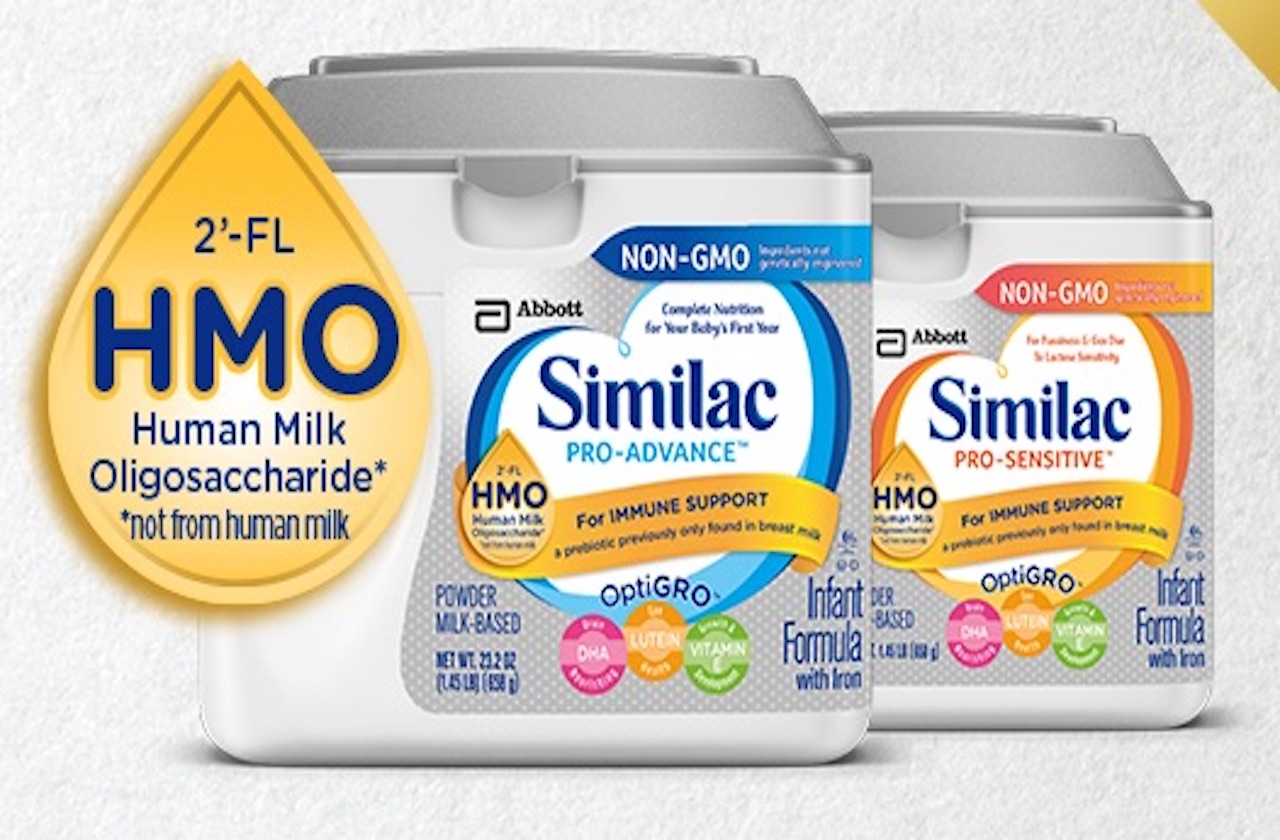
Abbott Laboratories
- Symbol: ABT
- Share price: $55.48
- Dividend yield: 1.9%
- Analysts' recommendations: 12 strong buy, 2 buy, 7 hold, 0 sell, 0 strong sell
Medical devices and nutrition products aren't scintillating, but that doesn't mean they can't help a stock put up some long-term gains. Shares in Abbott Laboratories have significantly trailed those of AbbVie (ABBV) since the January 2013 spinoff – ABBV has returned 219%, while ABT has returned 85% – but some Wall Street experts think it's ready to start closing that gap.
Analysts at Stifel, who rate Abbott’s shares at "Buy," point to the company's impending launch of its FreeStyle Libre glucose monitoring system as one of several potential catalysts. Approved by the U.S. Food and Drug Administration in early October, the gadget lets diabetics measure blood-sugar levels without pricking their fingers. Stifel notes that if Abbott can replicate the success it has had with the FreeStyle Libre system in Europe, it could give sales a boost.
Abbott has paid a rising dividend for 45 consecutive years – more than required for inclusion in the Dividend Aristocrats.

AbbVie
- Symbol: ABBV
- Share price: $89.56
- Dividend yield: 2.8%
- Analysts' recommendations: 8 strong buy, 0 buy, 6 hold, 0 sell, 0 strong sell
- AbbVie might not be a part of Abbott any more, but it remains a dividend champion in its own right, having increased its payout every year since the spinoff. Including its time as part of Abbott, AbbVie has increased its dividend for 45 consecutive years.
Best-selling treatments include Humira for rheumatoid arthritis and AndroGel, a testosterone replacement therapy. While a 2016 expiration of AbbVie’s main patent on Humira weighed on shares, Stifel analysts note that a recent legal settlement with Amgen (AMGN) – which planned on launching biosimilars to compete with Humira – will extend the company's patent protection for Humira until 2018 in the European Union, and 2013 in the U.S.
AbbVie is attractively priced, trading at just 14 times forward earnings on a long-term growth forecast of 15% a year, according to analysts surveyed by Thomson Reuters.
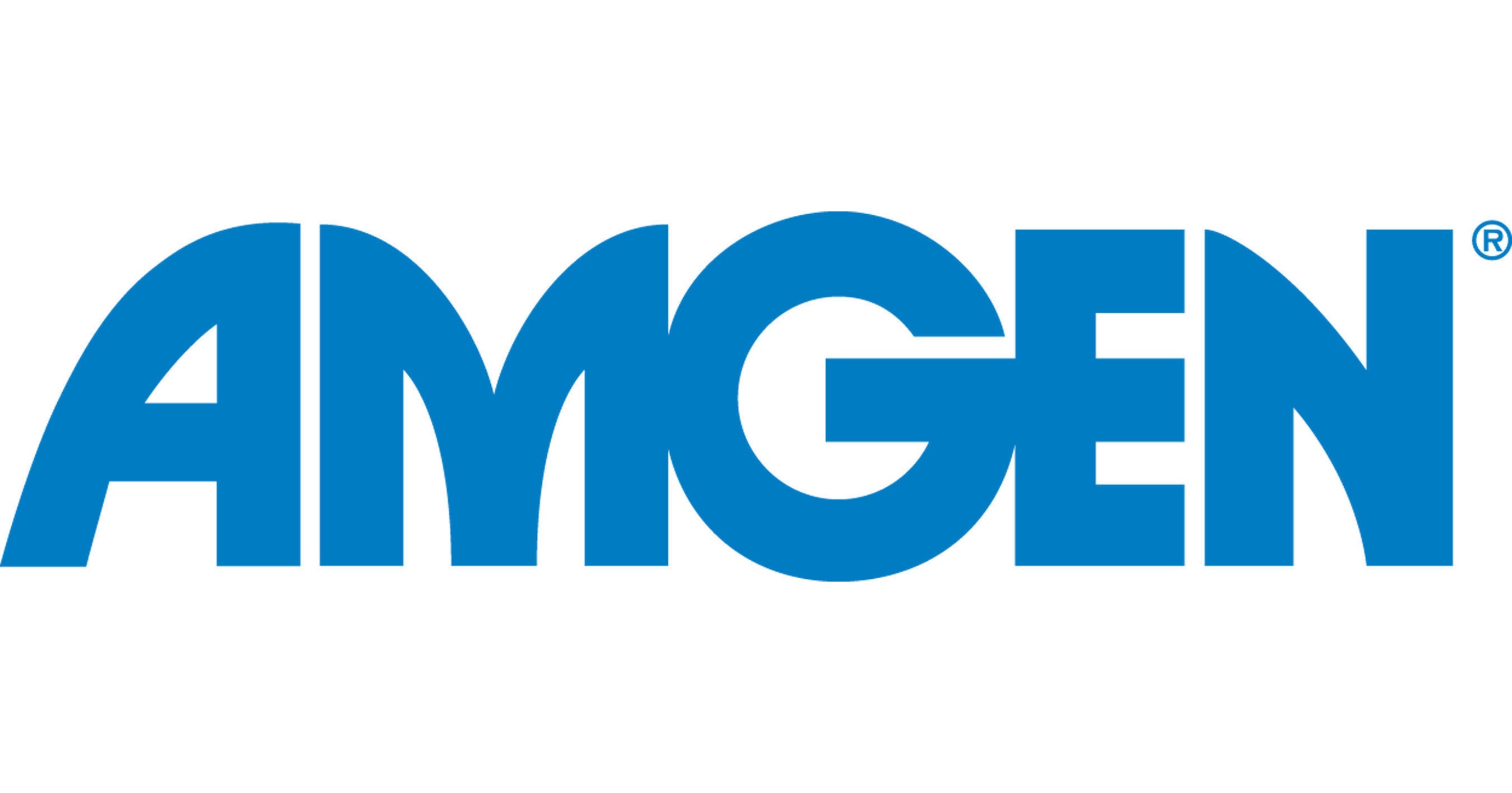
Amgen
- Symbol: AMGN
- Share price: $176.52
- Dividend yield: 2.6%
- Analysts' recommendations: 6 strong buy, 1 buy, 13 hold, 0 sell, 0 strong sell
- Amgen has delivered such returns by following the pharmaceutical industry playbook of both developing hit drugs and acquiring other companies. Current best-sellers include Neulasta, which helps prevent infections in chemotherapy patients, and Enbrel, which is used to treat autoimmune diseases such as rheumatoid arthritis. On the M&A front, Amgen has coupled with almost 20 firms since 1994 to help keep its product pipeline flowing.
The biotech industry has long held allure for investors looking for outsize returns, and Amgen is part of the reason why. The world's largest biopharmaceutical company was founded in 1980 and went public three years later, and has created an eye-popping level of wealth – 190,390% in total returns – in its relatively short life.
Shares might be a tad expensive right now. AMGN trades for 14 times forward earnings despite a growth forecast of less than 5% a year for the next five years. However, the nature of biotech means that progress on and approval of another game-changing treatment could quickly change that outlook.
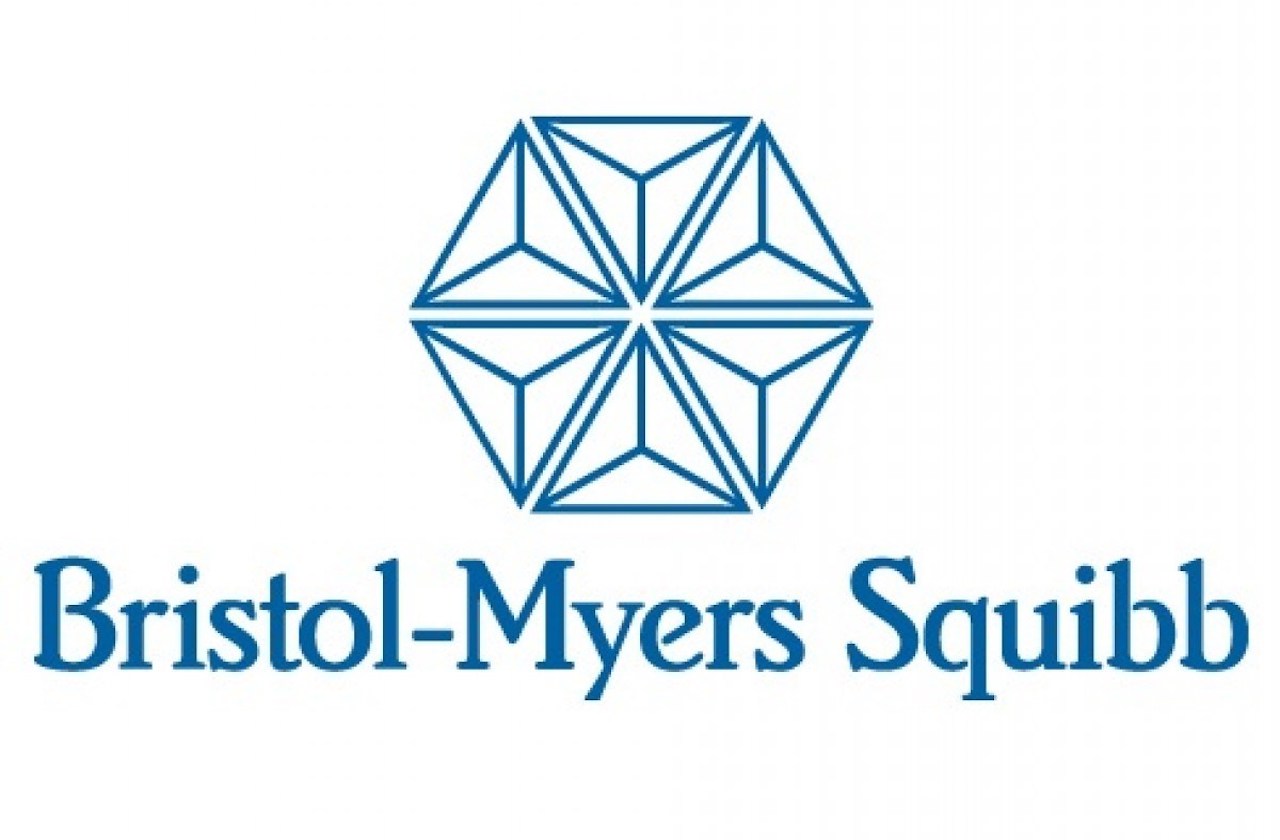
Bristol-Myers Squibb
- Symbol: BMY
- Share price: $60.95
- Dividend yield: 2.6%
- Analysts' recommendations: 6 strong buy, 0 buy, 8 hold, 0 sell, 1 strong sell
Pharmaceutical firm Bristol-Myers Squibb cratered a year ago after one of the company’s key cancer drugs failed a clinical study. From peak to trough, BMY shares went from $77 in July 2016 to as low as $46 in January of this year.
The stock still is in recovery mode, but it’s making good progress, up 20% in the past six months alone.
Bristol-Myers is best-known for drugs like blood thinner Coumadin and type 2 diabetes treatment Glucophage, but it's the potential for new indications for Opdivo that has investors perking up. The chemotherapy drug failed a key study as a first-line treatment in patients with lung cancer, but other trials are looking good. UBS analysts believe Opdivo still has a chance to compete in the lung cancer market, possibly as a combo treatment. They rate shares at "Buy" because the company "remains best positioned in immune-oncology (drugs).”
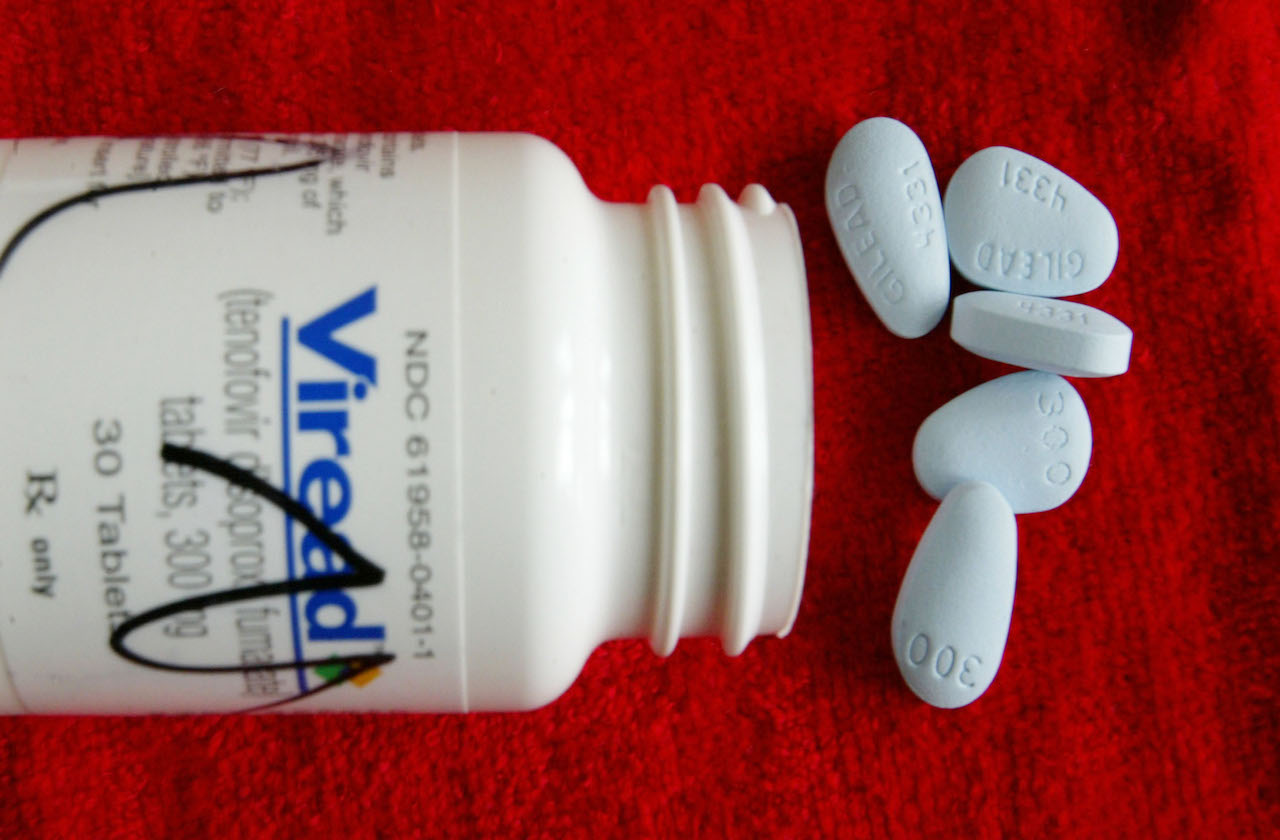
Gilead Sciences
- Symbol: GILD
- Share price: $77.88
- Dividend yield: 2.7%
- Analysts' recommendations: 9 strong buy, 1 buy, 10 hold, 0 sell, 0 strong sell
- Gilead Sciences, another biotech company, is responsible for a laundry list of medications. it has product candidates in various stages of development for the treatment of HIV/AIDS and liver diseases such as hepatitis C and hepatitis B; hematology/oncology; cardiovascular problems; and inflammation/respiratory diseases. Descovy, an HIV medication, Hepsera for hepatitis B and Zydelig, a blood cancer drug, are among the dozens of medications in its portfolio.
But the biggest driver of business is going to be the company's $11 billion acquisition of Kite Pharmaceuticals. Credit Suisse analysts applaud the deal, announced on Aug. 28, saying "it marks the beginning of a new chapter" for Gilead. They have an "Outperform" (buy) recommendation on the stock, with the expectation that the Kite acquisition will return Gilead to growth.
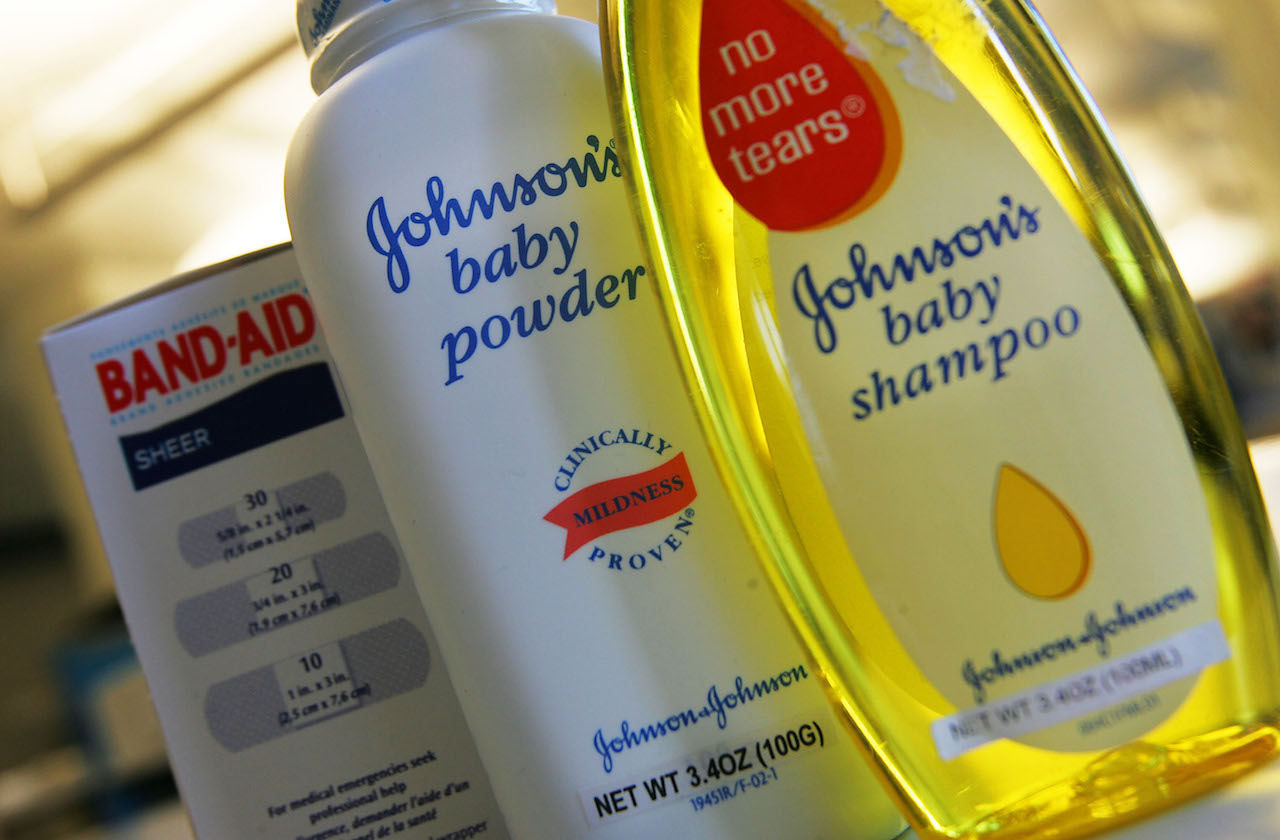
Johnson & Johnson
- Symbol: JNJ
- Share price: $142.36
- Dividend yield: 2.4%
- Analysts' recommendations: 10 strong buy, 2 buy, 5 hold, 0 sell, 2 strong sell
- Johnson & Johnson offers investors in the health care sector a little bit of everything because it operates in several different segments. In addition to pharmaceuticals, it makes over-the-counter consumer products such as Band-Aids and Listerine. J&J also manufactures medical devices used in surgery.
Analysts at UBS rate shares at "Buy" and consider them a top pick because of J&J's three-pronged approach. Pharma sales continue to grow, helped by key blood cancer drugs like Darzalex and Imbruvica. The medical devices business remains stable and has the potential for growth thanks to new products. The consumer business is improving too, UBS notes.
A stalwart of a dividend payer, Johnson & Johnson has hiked its payout every year for 55 consecutive years and is a member of the Dividend Aristocrats.
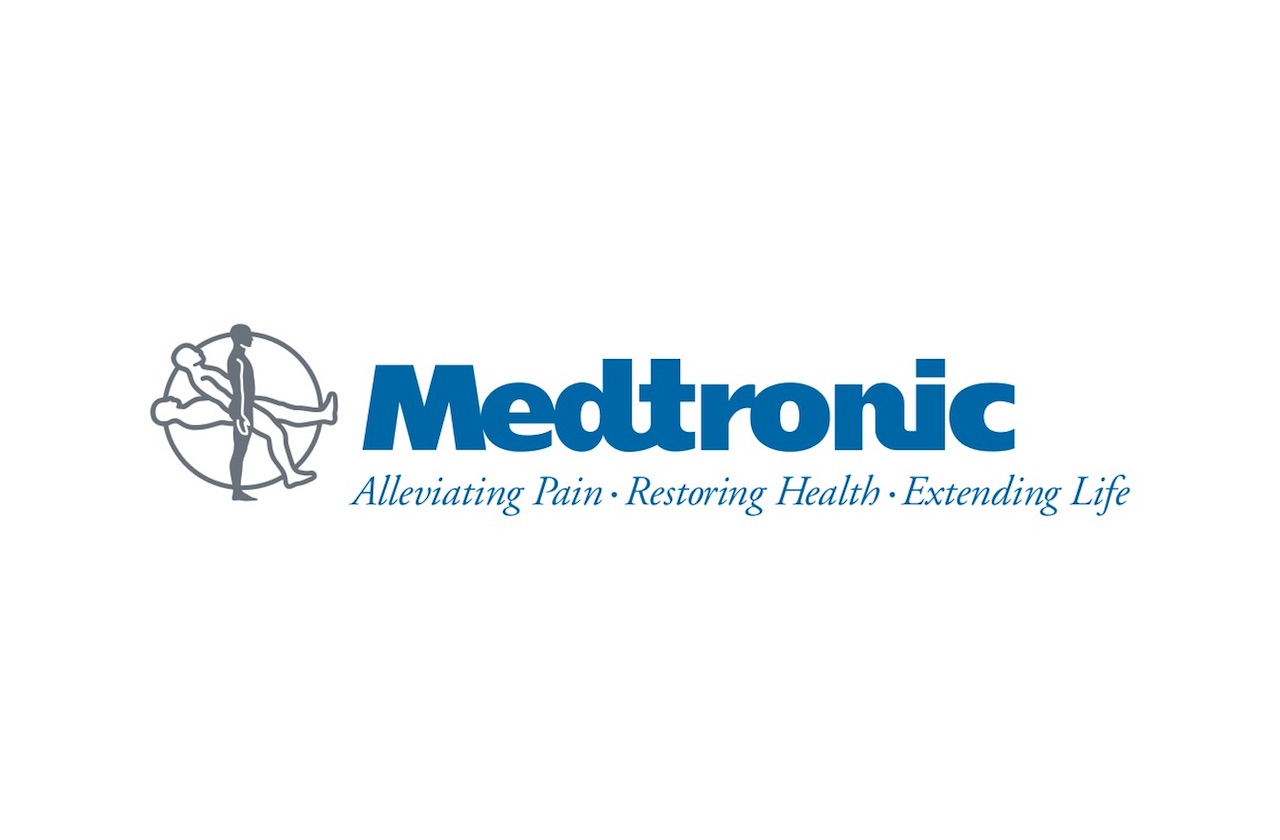
Medtronic
- Symbol: MDT
- Share price: $80.44
- Dividend yield: 2.3%
- Analysts' recommendations: 10 strong buy, 2 buy, 8 hold, 0 sell, 0 strong sell
Look around a hospital and there's a good chance you'll see one of Medtronic's products. After all, it's one of the world’s largest makers of medical devices, ranging from insulin pumps for diabetics to stents used by cardiac surgeons.
That revenue diversity is one of its great strengths, say analysts at William Blair & Co., and they're optimistic about growth in the company's therapies for brain diseases and injuries. Medtronic's Brain Therapies group accounts for just $2 billion in revenue a year, or about 7% of its 2016 total, but its future is bright. "We see a lot of value behind the Brain Therapies segment and have great appreciation for the company’s diversified revenue profile beyond this high-growth segment," the analysts write.
A diversified revenue stream and predictable business add to this stock's appeal.
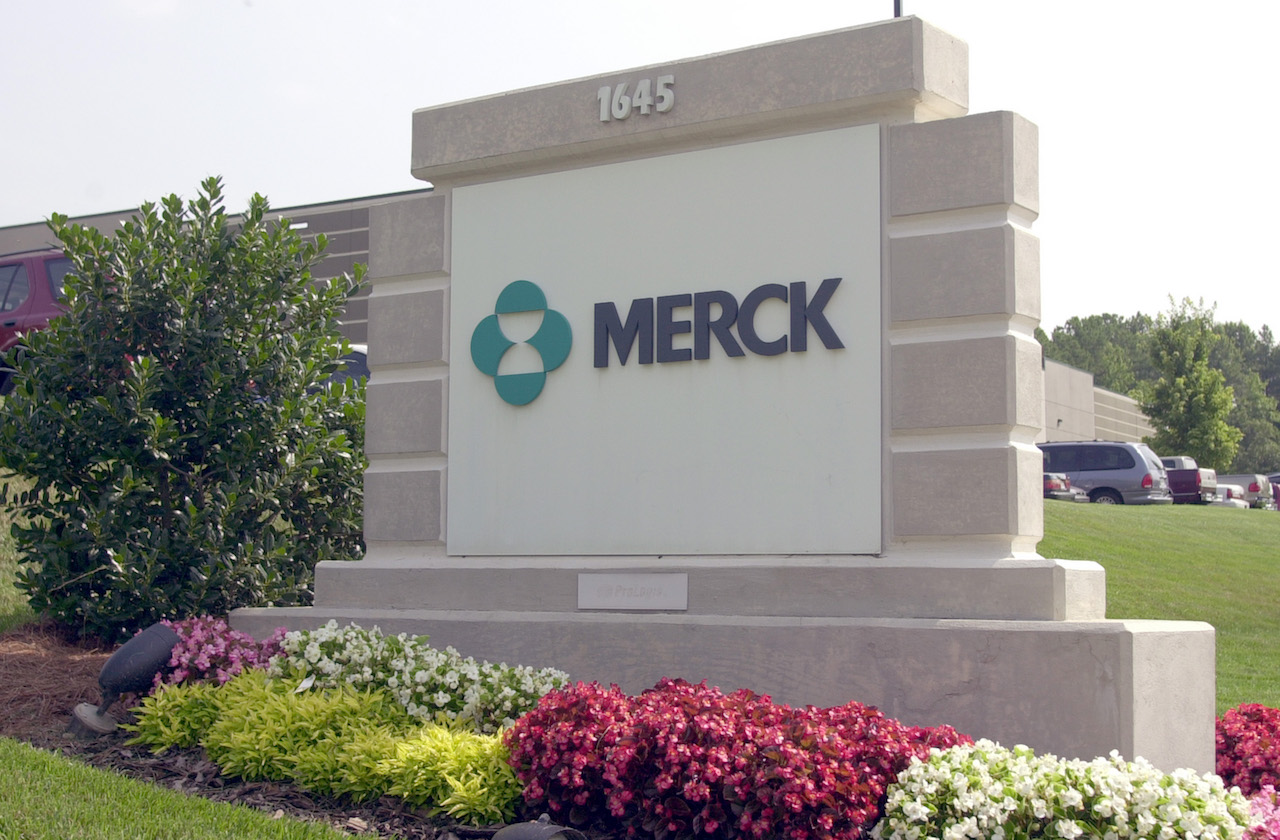
Merck
- Symbol: MRK
- Share price: $61.99
- Dividend yield: 3%
- Analysts' recommendations: 8 strong buy, 1 buy, 3 hold, 1 sell, 0 strong sell
Drugmaker Merck – a health care stalwart and component of the Dow Jones Industrial Average – isn't exactly a nimble up-and-comer, but its growth prospects look compelling nonetheless. Years of acquisitions, plus research and development, are resulting in a slew of successful drugs now on the market. Cancer medicine Keytruda is an ongoing hit, for example, and Merck has more potential winners in the works with 24 drugs in the latter stages of development.
Earnings per share are on track to improve by more than 7% next year. In the 12-month period that ended June 30, 2017, Merck generated $11 billion in free cash flow (cash profits available to shareholders, minus capital spending to run the business). That gives this pharmaceutical company ample resources to fund the dividend.
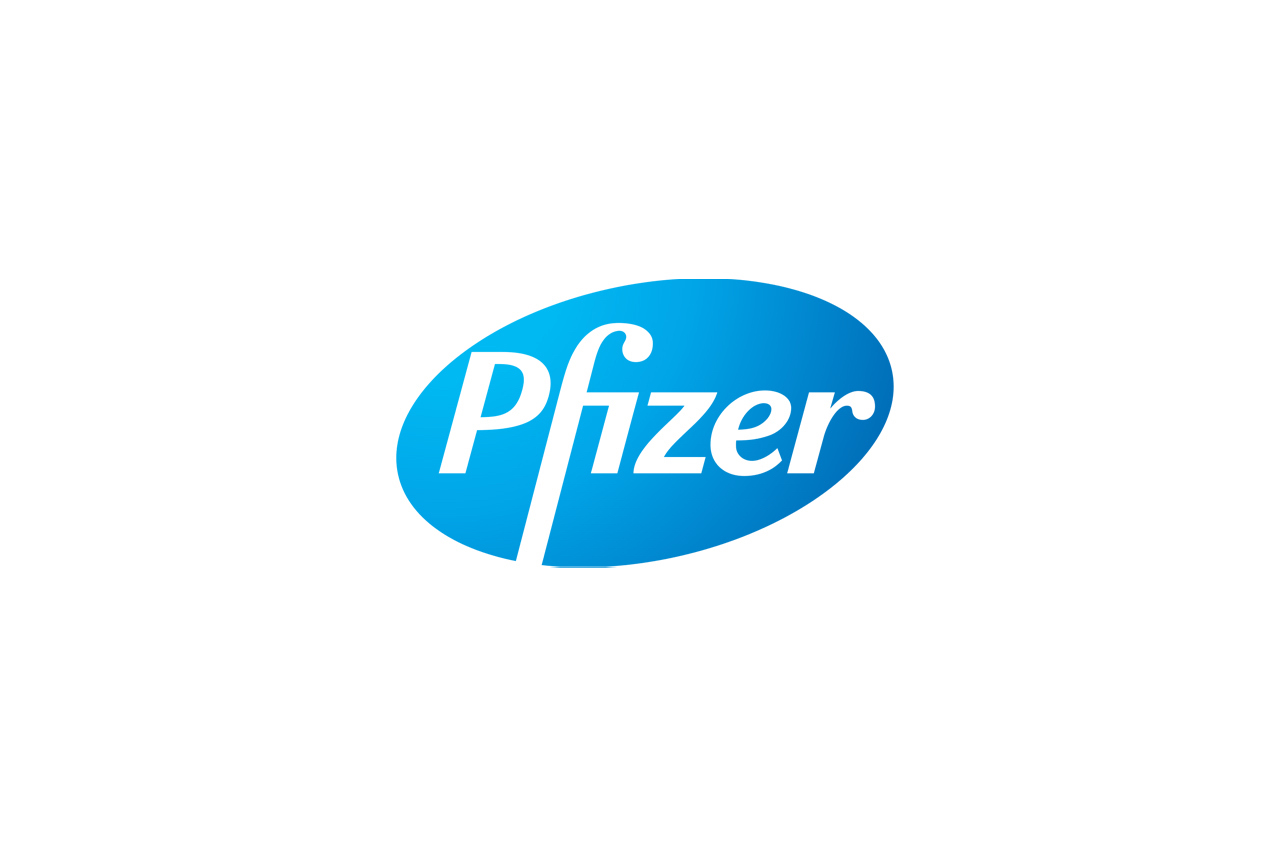
Pfizer
- Symbol: PFE
- Share price: $35.74
- Dividend yield: 3.6%
- Analysts' recommendations: 7 strong buy, 1 buy, 6 hold, 0 sell, 1 strong sell
Like Merck, Pfizer is a Dow component and a relatively high-yield stock. Investors worry that the company isn’t producing enough new products to overcome the loss of revenues from drugs that lose patent protection. But Pfizer has invested heavily in research and development, and made some big acquisitions that should start to produce a new wave of products.
Breast cancer treatment Ibrance, blood thinner Eliquis and the pneumococcal pneumonia vaccine Prevnar 13 are just three of the company’s recent successes. And Pfizer’s lineup of drugs in development looks promising, with nearly 100 products in the works.

UnitedHealth Group
- Symbol: UNH
- Share price: $209.15
- Dividend yield: 1.4%
- Analysts' recommendations: 17 strong buy, 1 buy, 0 hold, 0 sell, 1 strong sell
A long series of acquisitions helped make UnitedHealth Group one of the largest health insurance companies in the world. The company dates back to 1977 and went public in 1984. Since then, it hasn't really looked back.
Along the way, UnitedHealth beefed up by buying or merging with MetraHealth Companies, HealthWise of America and AmeriChoice, among others. The company's subsidiary OptumRX is one of the largest pharmacy benefits managers in the U.S.
UNH has been a very good stock for long-term investors. Shares are up 332% over the past decade vs. just 67% for the S&P 500. It's that sort of consistent performance that makes UnitedHealth Group a top wealth creator. Also, the stock fetches 19 times expected earnings, which isn’t unreasonable for a profit growth forecast of 15% annually for the next five years.
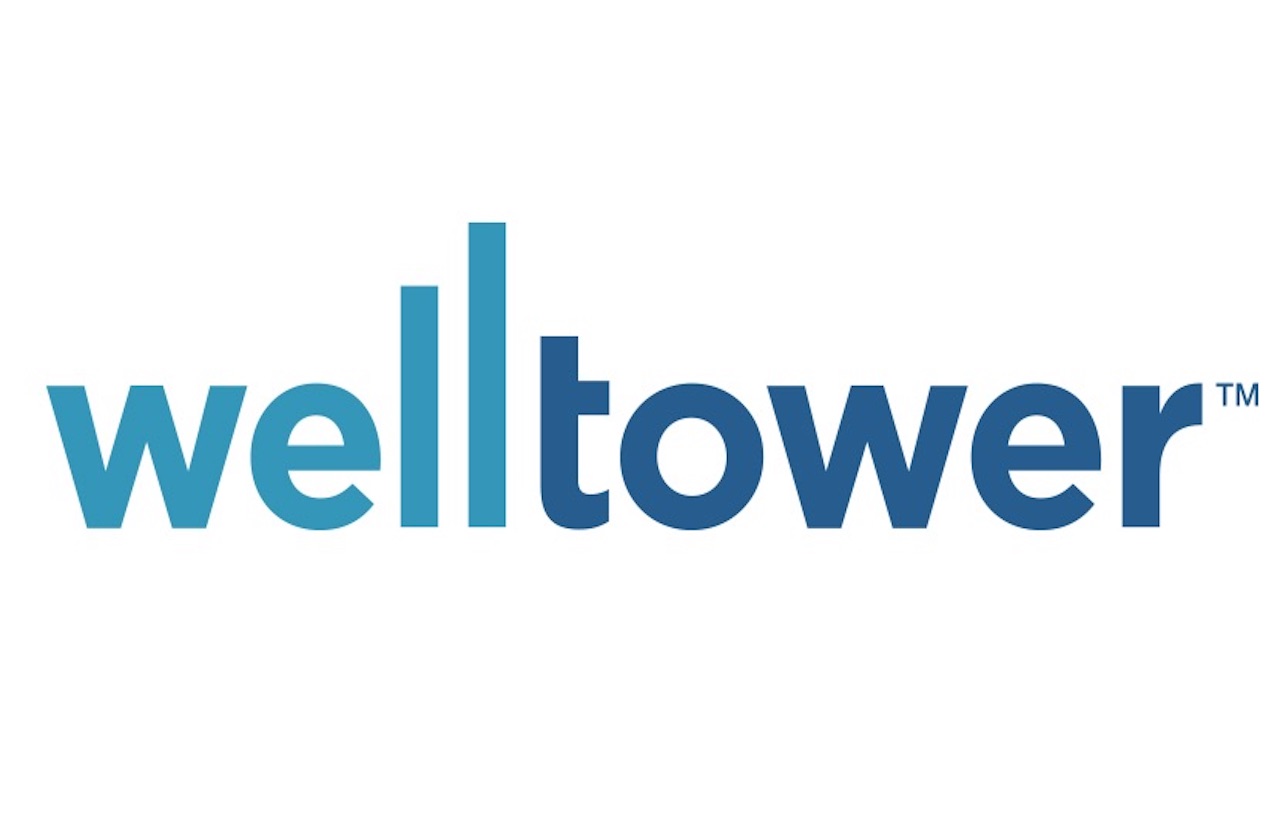
Welltower
- Symbol: HCN
- Share price: $65.76
- Dividend yield: 5.3%
- Analysts' recommendations: 4 strong buy, 1 buy, 11 hold, 0 sell, 1 strong sell
- Welltower – which yields more than 5% right now – checks all those boxes and more.
Real estate investment trusts (REITs) are usually a good place to look for hefty income because they're required to return most of their profits to shareholders in the form of dividends. If they own real estate in the relatively defensive market of senior living communities, medical office buildings and medical centers, so much the better.
This REIT has been pruning its portfolio of underperforming properties, which is helping to drive results. For that reason, among others, Stifel analysts say the stock is a "Buy," citing the company's high-quality diversified portfolio and strong balance sheet. Stifel expects earnings per share and revenue to decline this year because the company is intentionally getting smaller, but says that’s a fine price to pay in the short-term for greater profitability over the long-term.
Get Kiplinger Today newsletter — free
Profit and prosper with the best of Kiplinger's advice on investing, taxes, retirement, personal finance and much more. Delivered daily. Enter your email in the box and click Sign Me Up.

Dan Burrows is Kiplinger's senior investing writer, having joined the august publication full time in 2016.
A long-time financial journalist, Dan is a veteran of MarketWatch, CBS MoneyWatch, SmartMoney, InvestorPlace, DailyFinance and other tier 1 national publications. He has written for The Wall Street Journal, Bloomberg and Consumer Reports and his stories have appeared in the New York Daily News, the San Jose Mercury News and Investor's Business Daily, among many other outlets. As a senior writer at AOL's DailyFinance, Dan reported market news from the floor of the New York Stock Exchange.
Once upon a time – before his days as a financial reporter and assistant financial editor at legendary fashion trade paper Women's Wear Daily – Dan worked for Spy magazine, scribbled away at Time Inc. and contributed to Maxim magazine back when lad mags were a thing. He's also written for Esquire magazine's Dubious Achievements Awards.
In his current role at Kiplinger, Dan writes about markets and macroeconomics.
Dan holds a bachelor's degree from Oberlin College and a master's degree from Columbia University.
Disclosure: Dan does not trade individual stocks or securities. He is eternally long the U.S equity market, primarily through tax-advantaged accounts.
-
 Fired Up By the Masters and RBC Heritage? See These Homes for Sale By Golf Courses
Fired Up By the Masters and RBC Heritage? See These Homes for Sale By Golf CoursesFive homes for sale near golf courses, for people who can't get enough of the tour.
By Alexandra Svokos
-
 The Economic Impact of the US-China Trade War
The Economic Impact of the US-China Trade WarThe Letter The US-China trade war will impact US consumers and business. The decoupling process could be messy.
By David Payne
-
 Stock Market Today: No 'Powell Put'? No Problem
Stock Market Today: No 'Powell Put'? No ProblemInvestors, traders and speculators look beyond both another Trump post and more signs of slowing economic activity.
By David Dittman
-
 Stock Market Today: Dow Drops 699 Points After Powell Speech
Stock Market Today: Dow Drops 699 Points After Powell SpeechFed Chair Powell warned of a slowing economy and higher inflation but said the central bank isn't ready to cut rates just yet.
By Karee Venema
-
 Stock Market Today: Stocks Struggle Amid Tariff Uncertainty
Stock Market Today: Stocks Struggle Amid Tariff UncertaintyBoeing dropped after China suspended new aircraft orders, while Bank of America and Citi climbed on earnings beats.
By Karee Venema
-
 Stock Market Today: Stocks Gain on Tech, Auto Tariff Talk
Stock Market Today: Stocks Gain on Tech, Auto Tariff TalkThe Trump administration said late Friday that it will temporarily halt tariffs on some Chinese tech imports.
By Karee Venema
-
 Stock Market Today: Stocks Surge to Close a Volatile Week
Stock Market Today: Stocks Surge to Close a Volatile WeekIt was another day with a week's worth of both news and price action, but it ended on a strongly positive note.
By David Dittman
-
 Stock Market Today: Uncertainty Proliferates: Dow Loses 1,014 Points
Stock Market Today: Uncertainty Proliferates: Dow Loses 1,014 PointsWeaker-than-expected consumer inflation data wasn't enough to stabilize sentiment during another volatile day for financial markets.
By David Dittman
-
 Stock Market Today: Tariff Pause Triggers 3,000-Point Dow Rally
Stock Market Today: Tariff Pause Triggers 3,000-Point Dow RallyThe bond market is sending concerning signals as the Trump administration executes its rapid reordering of global trade relationships.
By David Dittman
-
 Stock Market Today: Tariff Talks Drive Another Up-and-Down Day
Stock Market Today: Tariff Talks Drive Another Up-and-Down DayTrade war negotiations are happening, but the "fear gauge" is gyrating, and investors, traders and speculators are still searching for signs of a bottom.
By David Dittman
